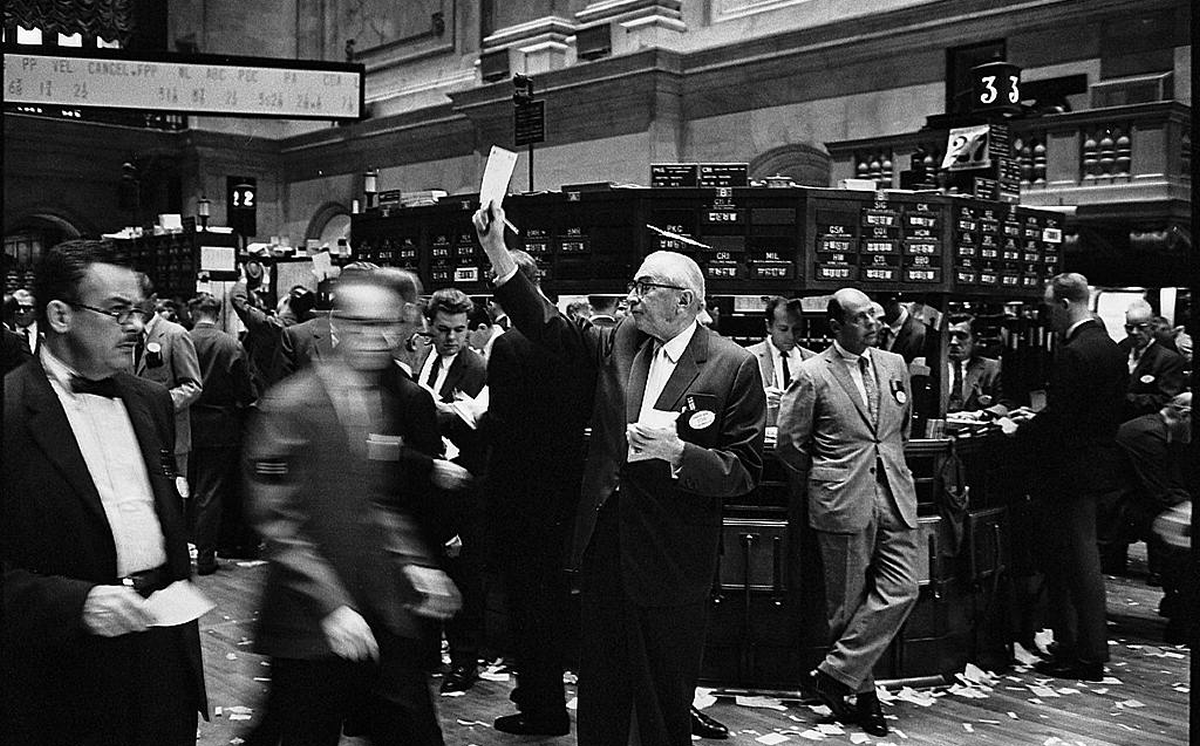by Brian S. Wesbury – Chief Economist & Robert Stein, CFA – Deputy Chief Economist, First Trust Portolios
No one, that we know of, is saying Artificial Intelligence (AI) isn’t an amazing new technology that will have an important impact on life, investing, and the economy.
What we worry about is that investors have gotten ahead of themselves. It’s happened before. On January 3, 1925 the New York Times published a piece on radio stocks that said, “It is considered doubtful if there ever has been an industry in the history of this country which has had such phenomenal growth.” Those stocks eventually crashed.
We would add the South Sea Bubble of 1720 promised to revolutionize global trade, railroads at the turn of the 20th century, the oil boom of 1920/21, the telecom and computer boom of the late 1990s, and 3D printing more recently. All of these technologies, inventions and industries have transformed the US and the world. They have all lifted living standards; they all created immense wealth for savvy investors and entrepreneurs.
But they also generated speculative pricing in markets that eventually led to pain for investors who tried trading them for profit. There are many reasons for this, but the most important is that the real beneficiary of new developments in technology, when the dust settles, is the consumer, the end user. Yes, wealth is created by well-run companies (that survive the shake-out) in the industry, but the real benefits are spread far and wide.
A perfect example of this is the combination of national fiber optic networks with more powerful, and decentralized computers run on the WinTel platform (the Windows Operating System + Intel Chips). It may be hard to remember, but the world completely changed in the late 1980s and 1990s as things moved from large back offices with lots of paper, to electronically powered networks. From mail to email.
In 1999 Ford launched AutoXchange through a joint venture with Oracle (serendipitous, eh?) to digitize its supply chain. Ford estimated it could cut annual purchasing costs by 10%, saving it up to $8 billion per year. The stock market, which was already overvalued according to our capitalized profits model, loved this news. The dot.com boom of the late 1990s was fueled by developments like this for years.
No one should ever argue that digitizing business activity wasn’t more productive and less costly. The question is, did it translate directly into permanently higher profits and stock prices for corporations? History and economics say “NO.”
Why? Because Ford was only one auto company. All its competitors – Daimler, Toyota, Chrysler, GM, Volkswagen – did the same thing. And as costs came down, competition made sure those cost savings were passed onto consumers. No, car prices did not fall, but better cars were built, and prices reflected the reduced production costs.
The story of the swashbuckling telecom industry during the late 1990s – WorldCom, MCI, Global Crossing, Lucent, Qwest, and others – is amazing. Boom to bust. The Palm Pilot was an amazing device, basically the precursor for the iPhone, but 3Com went bust, too. Amazing new technology, lots of speculative activity.
Few would want to live in a world today that wasn’t transformed by the inventions of the past 200 years. Clearly, living standards are higher. But as Amara’s Law (from futurist Roy Amara) says, “We tend to overestimate the effect of technology in the short run and underestimate the effect in the long run.”
It's not clear that AI is boosting revenues or profits right now or is just cannibalizing existing business models. For example, Google search already operated on algorithms based on payments, patterns of search and whatever other filters it chose to use, like political correctness. So, what does AI do that’s different other than do it with fewer people writing code? Maybe that boosts profitability for Google by lowering costs, but even that is not clear.
AI will clearly have a positive impact on the speed of research in medicine, and many other areas of life. And, like all things in Internet time, it will move faster than we think. However, this was also true of radio and information, the fiber boom and the speed of communications, the car industry and the proliferation of driving. But each of those went through speculative phases and then a shake-out as markets and competition revealed winners and losers.
We are in the speculative phase now. Pricing in a future that is very bright, but that is just not here yet. Every single model of stock market valuation that we know shows the market exceeding its historical averages – price-earnings, price-sales, market cap to GDP (without including highly valuable private companies), and our capitalized profits model. And if the economy is slowing, as the jobs market suggests, these valuations are even more extreme.
At some point, things will return to normal…when, or how, is anyone’s guess. In the meantime pay attention to value, and the basics. Read our Chief Investment Officer Dave McGarel’s “Market Minute” for a more specific take on all these issues. We build a new future every day and have been doing so for a long time…history doesn’t repeat, it rhymes. The challenge for investors isn’t believing in the future—it’s remembering that even the brightest future can be overpriced today.
Brian S. Wesbury – Chief Economist
Robert Stein, CFA – Deputy Chief Economist
Click here for a PDF version
Copyright © First Trust Portolios













